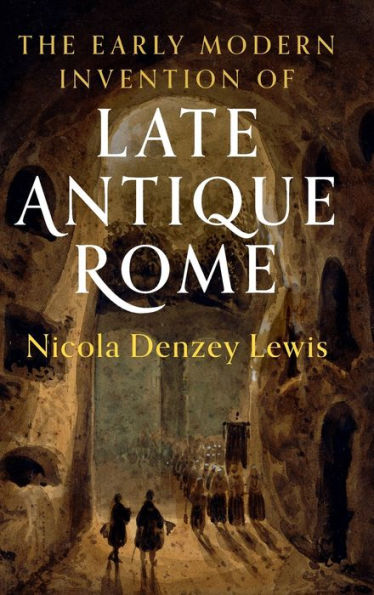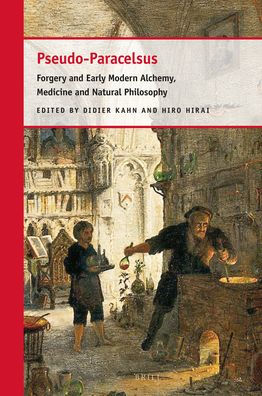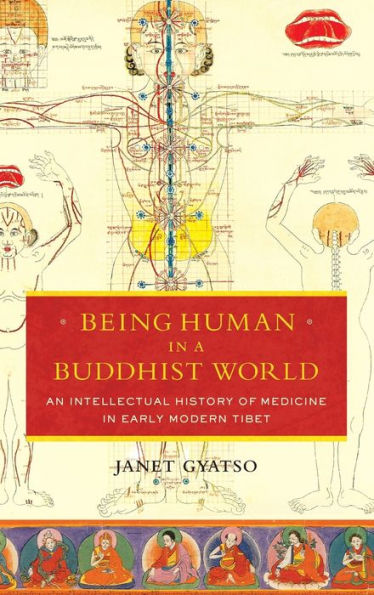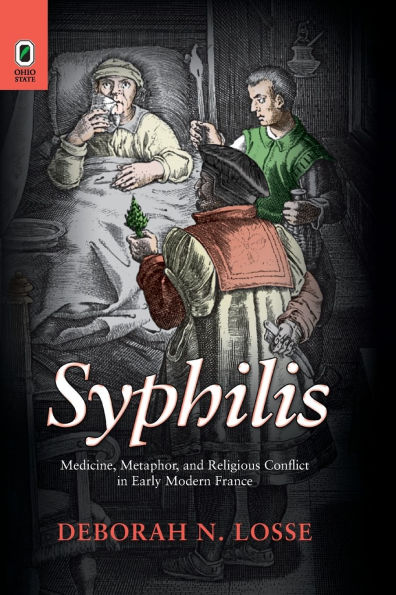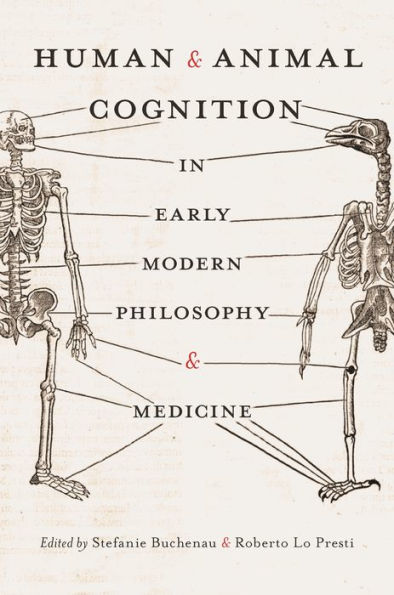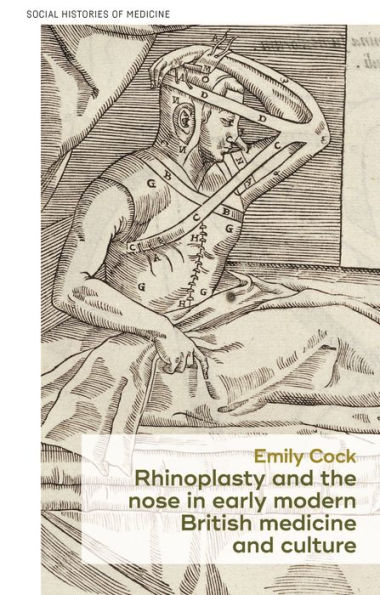Home
Painting as Medicine in Early Modern Rome: Giulio Mancini and the Efficacy of Art
Barnes and Noble
Loading Inventory...
Painting as Medicine in Early Modern Rome: Giulio Mancini and the Efficacy of Art in Franklin, TN
Current price: $112.95
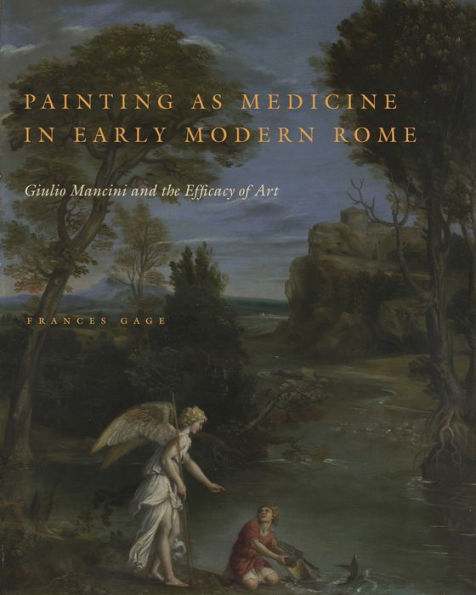
Barnes and Noble
Painting as Medicine in Early Modern Rome: Giulio Mancini and the Efficacy of Art in Franklin, TN
Current price: $112.95
Loading Inventory...
Size: OS
In
Painting as Medicine in Early Modern Rome
, Frances Gage undertakes an in-depth study of the writings of the physician and art critic Giulio Mancini. Using Mancini’s unpublished treatises as well as contemporary documents, Gage demonstrates that in the early modern world, belief in the transformational power of images was not limited to cult images, as has often been assumed, but applied to secular ones as well.
This important new interpretation of the value of images and the motivations underlying the rise of private art collections in the early modern period challenges purely economic or status-based explanations. Gage demonstrates that paintings were understood to have profound effects on the minds, imaginations, and bodies of viewers. Indeed, paintings were believed to affect the health and emotional balance of beholders—extending even to the look and disposition of their offspring—and to compel them to behave according to civic and moral values.
In using medical discourse as an analytical tool to help elucidate the meaning that collectors and viewers attributed to specific genres of painting, Gage shows that images truly informed actions, shaping everyday rituals from reproductive practices to exercise. In doing so, she concludes that sharp distinctions between an artwork’s aesthetic value and its utility did not apply in the early modern period.
Painting as Medicine in Early Modern Rome
, Frances Gage undertakes an in-depth study of the writings of the physician and art critic Giulio Mancini. Using Mancini’s unpublished treatises as well as contemporary documents, Gage demonstrates that in the early modern world, belief in the transformational power of images was not limited to cult images, as has often been assumed, but applied to secular ones as well.
This important new interpretation of the value of images and the motivations underlying the rise of private art collections in the early modern period challenges purely economic or status-based explanations. Gage demonstrates that paintings were understood to have profound effects on the minds, imaginations, and bodies of viewers. Indeed, paintings were believed to affect the health and emotional balance of beholders—extending even to the look and disposition of their offspring—and to compel them to behave according to civic and moral values.
In using medical discourse as an analytical tool to help elucidate the meaning that collectors and viewers attributed to specific genres of painting, Gage shows that images truly informed actions, shaping everyday rituals from reproductive practices to exercise. In doing so, she concludes that sharp distinctions between an artwork’s aesthetic value and its utility did not apply in the early modern period.
In
Painting as Medicine in Early Modern Rome
, Frances Gage undertakes an in-depth study of the writings of the physician and art critic Giulio Mancini. Using Mancini’s unpublished treatises as well as contemporary documents, Gage demonstrates that in the early modern world, belief in the transformational power of images was not limited to cult images, as has often been assumed, but applied to secular ones as well.
This important new interpretation of the value of images and the motivations underlying the rise of private art collections in the early modern period challenges purely economic or status-based explanations. Gage demonstrates that paintings were understood to have profound effects on the minds, imaginations, and bodies of viewers. Indeed, paintings were believed to affect the health and emotional balance of beholders—extending even to the look and disposition of their offspring—and to compel them to behave according to civic and moral values.
In using medical discourse as an analytical tool to help elucidate the meaning that collectors and viewers attributed to specific genres of painting, Gage shows that images truly informed actions, shaping everyday rituals from reproductive practices to exercise. In doing so, she concludes that sharp distinctions between an artwork’s aesthetic value and its utility did not apply in the early modern period.
Painting as Medicine in Early Modern Rome
, Frances Gage undertakes an in-depth study of the writings of the physician and art critic Giulio Mancini. Using Mancini’s unpublished treatises as well as contemporary documents, Gage demonstrates that in the early modern world, belief in the transformational power of images was not limited to cult images, as has often been assumed, but applied to secular ones as well.
This important new interpretation of the value of images and the motivations underlying the rise of private art collections in the early modern period challenges purely economic or status-based explanations. Gage demonstrates that paintings were understood to have profound effects on the minds, imaginations, and bodies of viewers. Indeed, paintings were believed to affect the health and emotional balance of beholders—extending even to the look and disposition of their offspring—and to compel them to behave according to civic and moral values.
In using medical discourse as an analytical tool to help elucidate the meaning that collectors and viewers attributed to specific genres of painting, Gage shows that images truly informed actions, shaping everyday rituals from reproductive practices to exercise. In doing so, she concludes that sharp distinctions between an artwork’s aesthetic value and its utility did not apply in the early modern period.


